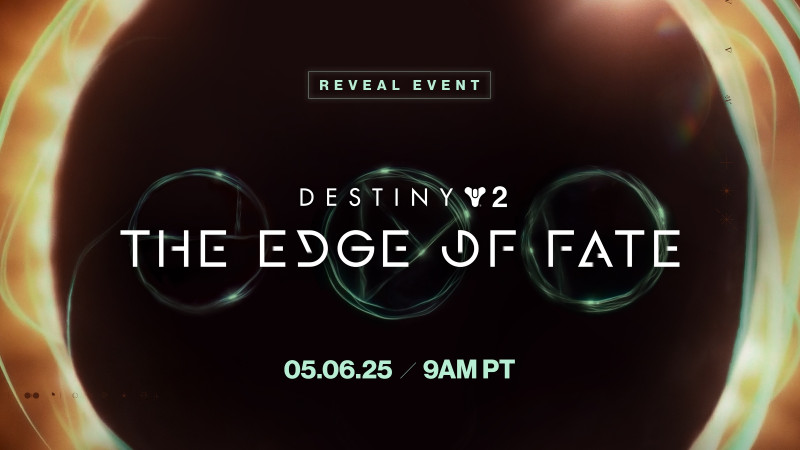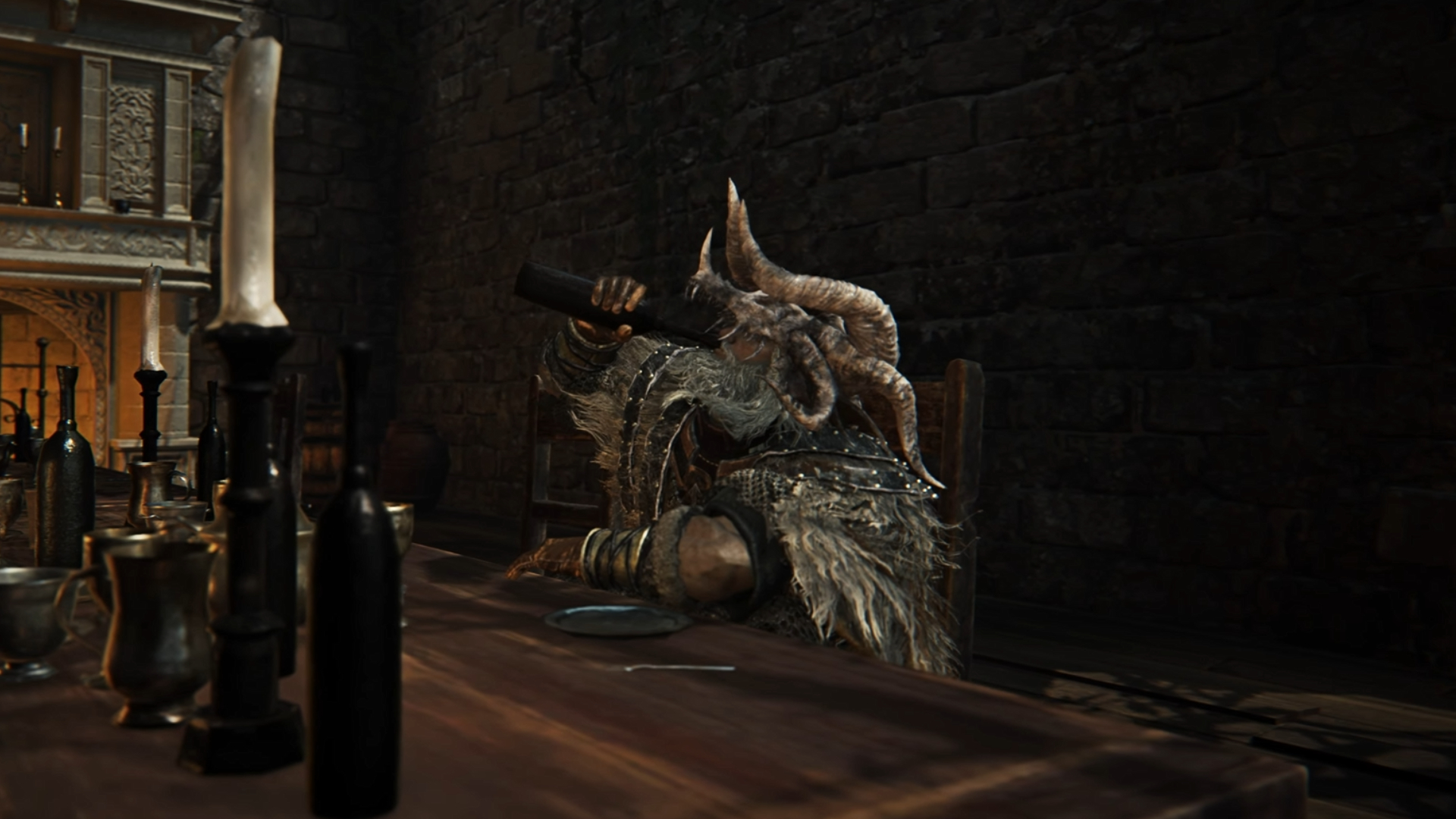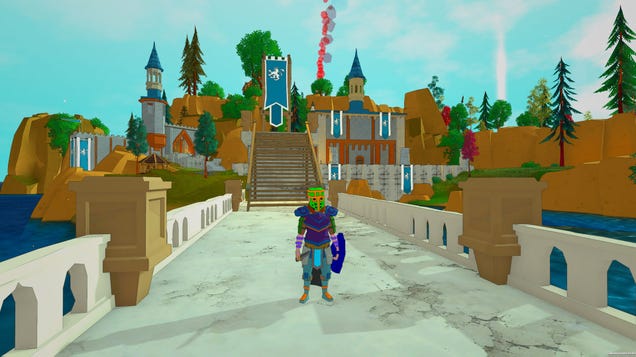
Another domino falls.
Axios reports that Adobe now allows images created using AI art tools like Midjourney and DALL-E to be sold on its stock image site, Adobe Stock. As someone who regularly uses ridiculous stock imagery in their articles all the time this might make my job a little easier, but more importantly the company is wading into grey moral and legal territory as it expands this aspect of its business.
Adobe is asking artists who submit AI-generated images to follow the same process for uploading images onto its site as everyone else, with one exception—that the art needs to be tagged as AI-generated.
AI art-making tools train an algorithm to pan the internet for thousands of images and generate images that imitate a specific style based on user-inputted parameters. So if you want an image of an “Obi-Wan Kenobi portrait as a Picasso,” that’s how the AI does it. It’s also how our own Dave James trained an AI in Stable Diffusion to paint like his uncle Hermann.
Profiting from art you didn’t technically create but instead had an AI generate for you has recently been a hot-button issue. For example, someone used AI to win an art competition in September and said they “didn’t break any rules.” There’s also growing concern that AI will someday replace commercial artists.
Adobe senior director Sarah Casillas told Axios that she was “pleasantly surprised” by the images submitted and that they meet the company’s “quality standards.” Adobe also told the outlet that it would compensate anyone who bought AI-generated stock imagery should that particular image face any legal challenge. Adobe requires that artists have the “proper rights to the works” they submit.
Not all stock image sites are willing to take that legal risk, though. The CEO of Getty Images told The Verge that Getty wouldn’t allow the upload or sale of AI-generated images because of “real concerns with respect to the copyright of outputs from these models and unaddressed rights issues with respect to the imagery.”






